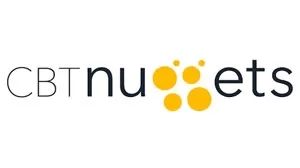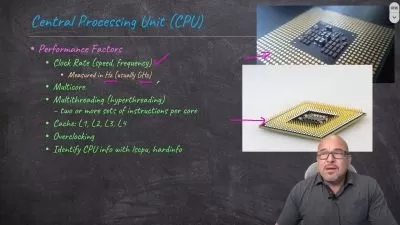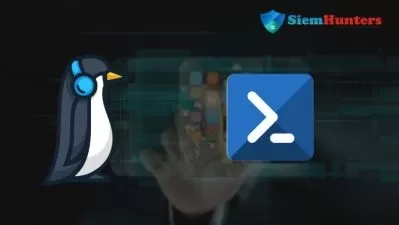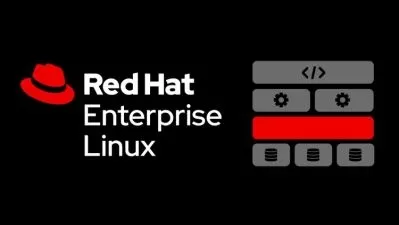Red Hat Certified System Administrator (RHCSA) Exam EX200 Online Training
John McGovern
18:14:26
More details
This entry-level Red Hat Certified System Administrator (RHCSA) Exam EX200 training prepares junior systems admins to monitor and manage the Linux operating system and administer enterprise networks and devices that run it.
The Red Hat Certified System Administrator (RHCSA) is, quite simply, one of the most authoritative validations of an administrator's confidence and familiarity with the enterprise Linux operating system, Red Hat. If you want a career managing and administering enterprise networks or systems, becoming certified by Red Hat is one of the best ways to clearly communicate to employers that you're officially capable of handling large-scale assignments with ease. The EX200 certifying exam is a thorough assessment of your ability to manage enterprise storage, file systems, basic networking, users and groups, security, and containers – the basic essentials for a Linux administrator.
After completing this Red Hat Certified System Administrator (RHCSA) Exam EX200 training, you'll know how to monitor and manage the Linux operating system and administer enterprise networks and devices that run it.
For anyone who leads a technology team, this Linux training can be used to onboard new junior systems admins, curated into individual or team training plans, or as a Linux reference resource.
Red Hat Certified System Administrator (RHCSA) Exam EX200: What You Need to Know
This Red Hat Certified System Administrator (RHCSA) Exam EX200 training has videos that cover topics including:
- Using Linux tools and services for managing directories and navigating the command-line environment
- Managing and administering the fundamental aspects of the Linux operating system like boot processes, VM management, and controlling services
- Managing enterprise Linux users, groups, and security
- Writing basic shell scripts that unlock deeper functionality and automatically perform tedious tasks
Who Should Take Red Hat Certified System Administrator (RHCSA) Exam EX200 Training?
This Red Hat Certified System Administrator (RHCSA) Exam EX200 training is considered associate-level Linux training, which means it was designed for junior systems admins. This Red Hat skills course is valuable for new IT professionals with at least a year of experience with Linux distribution and experienced junior systems admins looking to validate their Linux skills.
New or aspiring junior systems admins. For brand new systems admins, this course will rapidly bring you up to speed on how to keep computers and devices running enterprise Linux smoothly. Full of opportunities to practice real-world skills and gain first-hand experience with Linux, this course prepares you for the EX200 certifying exam and as such, is the perfect way to be officially ready to step into your first job as a sysad.
Experienced junior systems admins. If you've been working as a systems administrator for a few years already, this course can help you earn a career-advancing certification while also helping fill in any gaps in your knowledge and experience you may have developed. While you've been busy actually doing your day-to-day job, there are probably little things about enterprise Linux administration you haven't had the chance to learn yet, but you'll quickly spot them, learn them, and then practice them with this course.
User Reviews
Rating
John McGovern
Instructor's CoursesNothing beats getting feedback from someone saying my training helped them understand a topic or pass an exam that will ultimately lead them to greater career opportunities.
A CBT Nuggets learner himself, John used video training to quickly and effectively build his IT knowledge base. His natural curiosity about topics like the cloud often leads him into deep dives to understand the why behind technologies. John, who is Scotland-based, enjoys playing the drums, golfing, reading, and mediation in his spare time.
Certifications: None
Areas of expertise: Networking, Python, network automation, and cybersecurity

CBT Nuggets
View courses CBT Nuggets- language english
- Training sessions 191
- duration 18:14:26
- Release Date 2024/06/25















